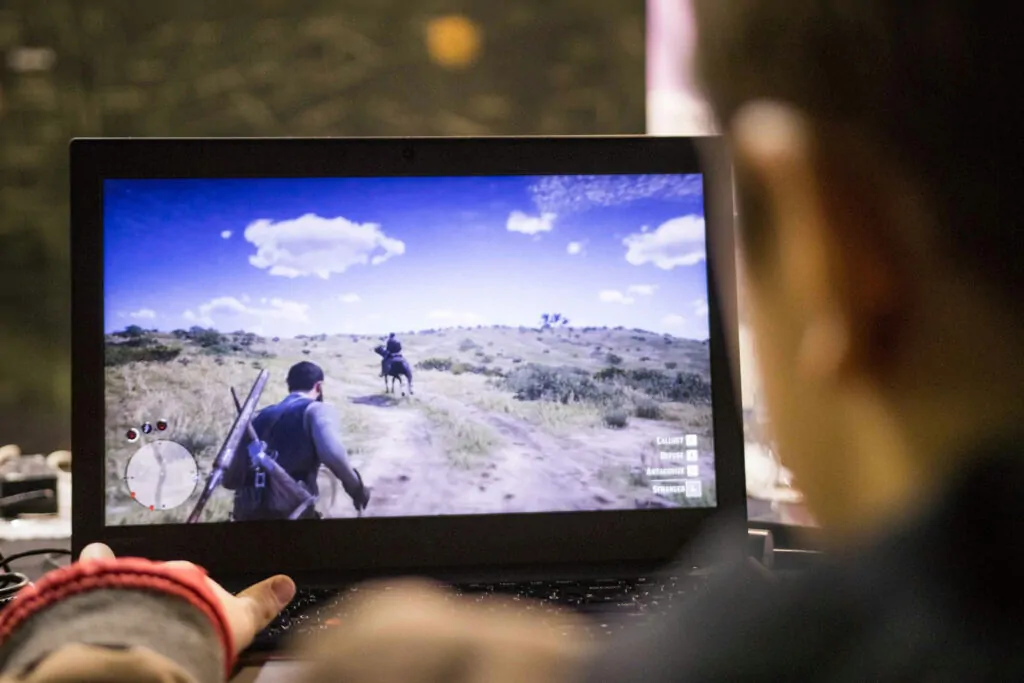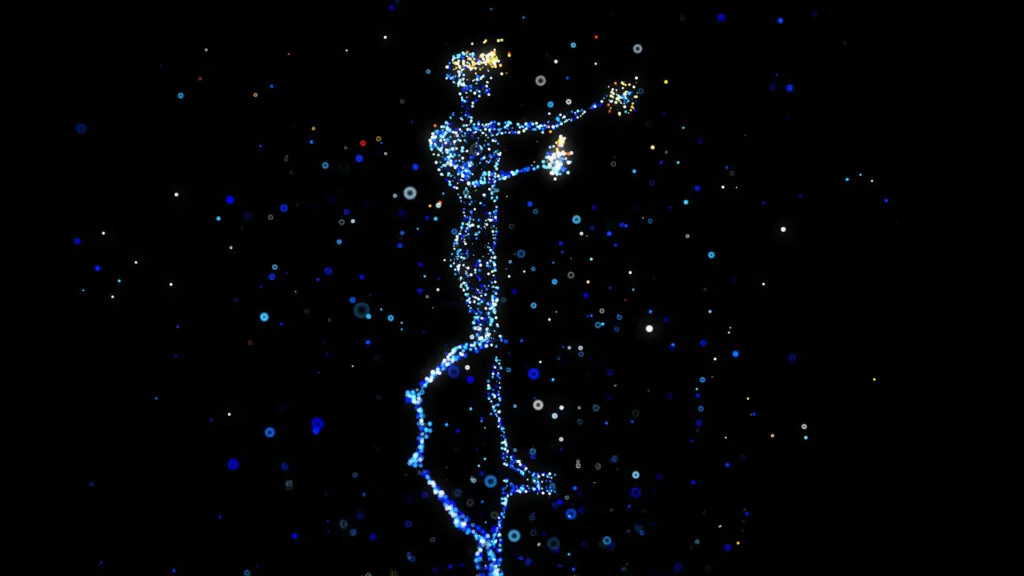Before a video game’s story unfolds, art design makes a more immediate impression. It’s the game world—the colors, textures, and lighting—that’s most compelling. Art design in games isn’t only about pretty visuals, but the atmosphere and feeling that draws players in. It may be the minimalist rooftops of Mirror’s Edge, the sprawling wilderness of Red Dead Redemption 2, or the ruins of The Elder Scrolls V: Skyrim, which still inspires players to build expansions 14 years after its initial release. These titles wouldn’t have been so successful without compelling game worlds, and art design plays a major part.

Storytelling beyond dialogue
Through careful art design, developers embed stories into their games’ architecture, lighting, and space. In Skyrim, for example, players don’t need to be told the Nordic ruins are ancient – the weathered stones, broken statues, and mossy walls paint the picture. Visual cues like skeletal remains and collapsed towers hint at battles and fallen civilisations.
Worlds of all sizes
The influence of art design isn’t limited to narrative-rich RPGs or sprawling open worlds. It’s also impactful in smaller-scale games like video poker or online blackjack. The environments may be simpler, but visual clarity and user experience are important. Designers craft sleek, inviting interfaces to mimic real-world casinos for sites like NetBet.
Setting the tone
The initial impressions of a game often depend on the visual aspects setting the mood, genre, and context. In Mirror’s Edge, for example, the game’s stark white buildings accented with bold primary colours are more than a stylistic choice. They contribute to the feel of a dystopian society that’s clean, controlled, and sterile. IGN said the game’s “staunch” art direction made for a beautiful game, naming it as one of the best Xbox 360 games of all time. Meanwhile, Read Dead Redemption 2 opens with snow-drenched landscapes and dim lighting, hinting at the harsh realities of trying to survive in the Wild West.
Realism and imagination
Realistic settings like those in the Read Dead Redemption have led to teams working “100-hour weeks”, as Rockstar’s Dan Houser told Vulture. The game includes 500,000 lines of dialogue and 300,000 animations. Vulture described the game as “a mix of stunning artwork, smart writing, and crafty artificial intelligence that makes even non-playable characters on the side of the road seem sentient.” It wasn’t only art design that contributed to its immersive world, but directors of art design and animation were hugely influential. The developers took 2,200 days to prioritise motion-capture for their hugely realistic characters – they used 1,200 SAG-AFTRA actors. Houser said they were “the biggest employers of actors in terms of numbers of anyone in New York, by miles”.

Modern game engines allow for hyper-realistic visuals, but realism alone doesn’t make a game world compelling. It’s also the more impressionistic elements of Red Dead that have many gamers calling it the most beautiful game of all time.
What’s to come
With technology progressing, real-time ray tracing, procedural generation, and further AI tools will allow artists to create richer worlds. Even with powerful tools, though, the core principles remain rooted in human creativity.
Accessibility may become a bigger focus. Many players have colour blindness, motion sensitivity, or visual impairments. This calls for more thoughtful choices in contrast, readability, and UI design, without sacrificing beauty. Mashable writer Alex Perry said that despite recent progress, “some common problems persist” and that “color can still be an exclusionary barrier to enjoying video games.”





